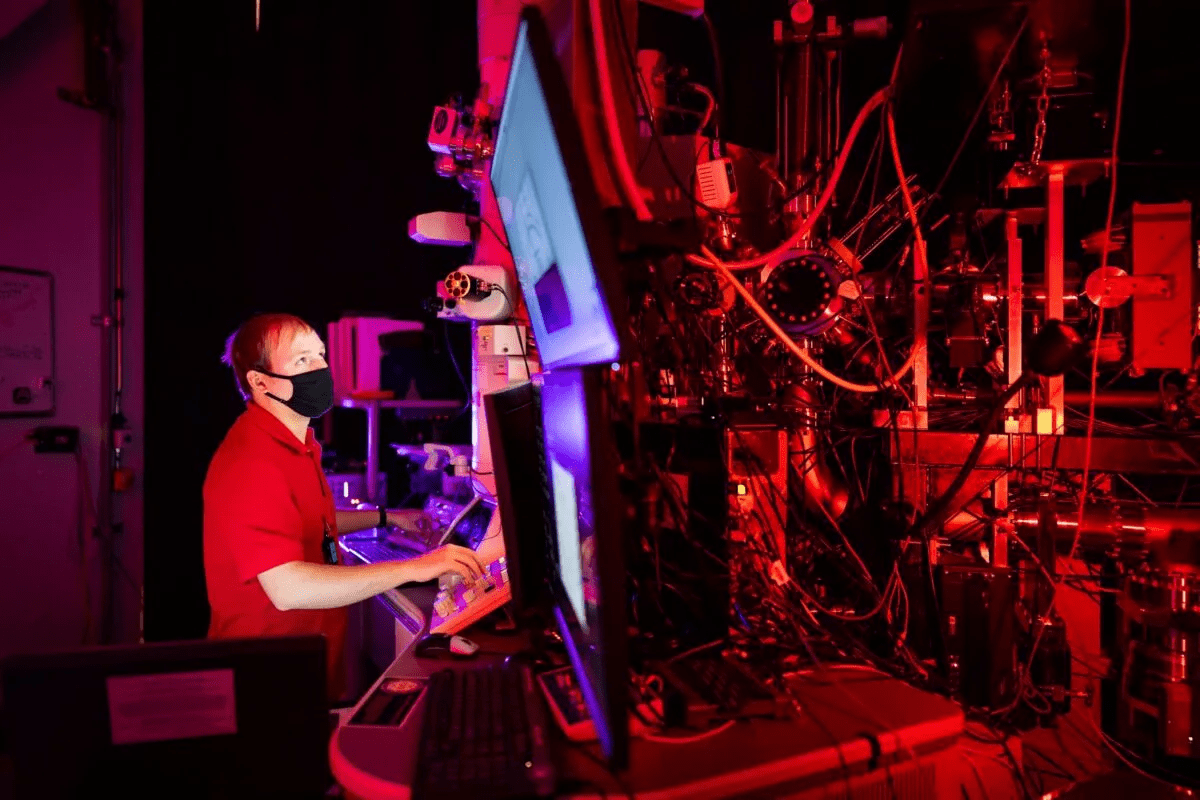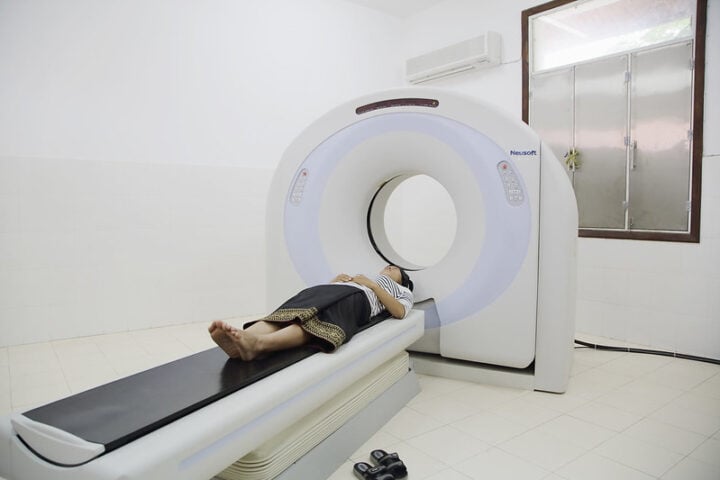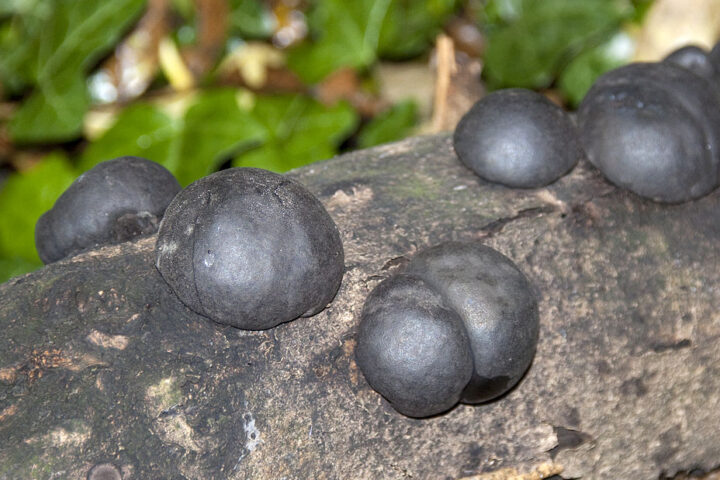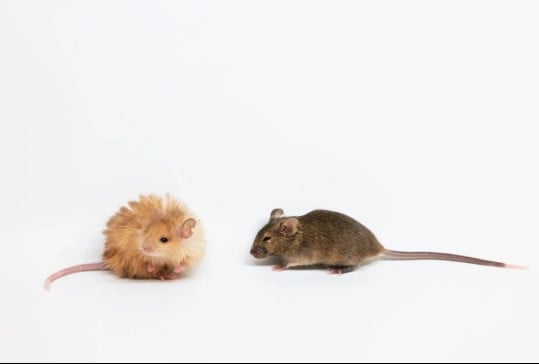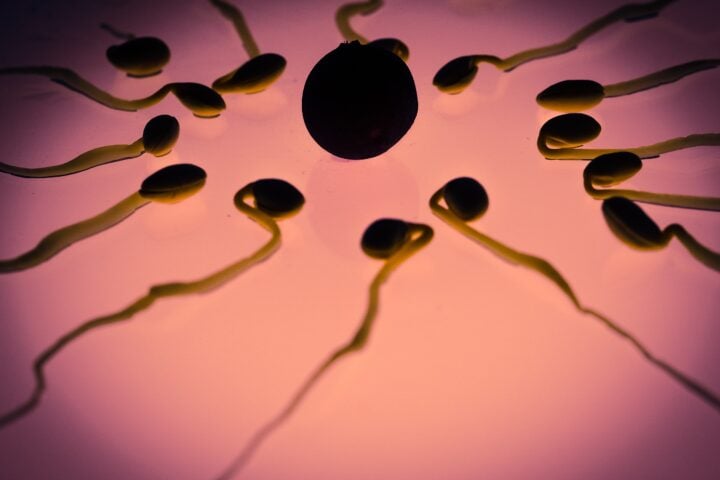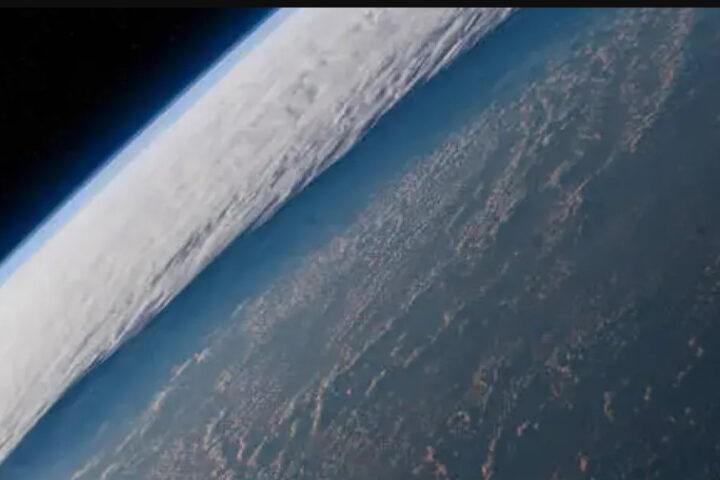In a breakthrough observation, scientists fromchave unearthed a wonder at the nanoscale level. Through a series of resilience tests on a 40-nanometer-thick platinum strip, they noted an unprecedented phenomenon – the metal healing its fatigue damage, a typically irreversible process. Indeed, it seems that metals possess an intrinsic ability to mend themselves, at least under certain conditions.
The Unforeseen Performance: Under the Microscope
Fatigue damage is a well-documented issue in engineering, occurring when repeated stress and strain induce microscopic fractures within metallic structures. These tiny fractures gradually develop into larger breaks, leading to catastrophic failures that can be costly and even dangerous. The team employed a unique transmission electron microscope method to induce such fatigue damage by pulling the platinum strip 200 times every second. To their awe, the induced crack started to self-repair after about 40 minutes of observation.
The Hidden Mechanism: A Hypothesis of Cold Welding
What remains enigmatic is the mechanism behind this self-healing property. Given that metals lack the cellular structure seen in living organisms, self-repair should theoretically be impossible. However, one speculative explanation points towards cold welding – a process wherein metal surfaces stick together when brought close enough for atomic entanglement. This occurs without the need for intense heat, much like the room-temperature conditions of the self-healing platinum.
Yet, while tantalizing, this theory is far from confirmed. Most cold welding processes require vacuum conditions to avoid air and other contaminants that would otherwise interfere. This matches the experimental conditions the team conducted, but leaves room for questioning how the healing would occur in a real-world environment.
Similar Post
“This was absolutely stunning to watch first-hand,… What we have confirmed is that metals have their own intrinsic, natural ability to heal themselves, at least in the case of fatigue damage at the nanoscale,”
- Brad Boyce, Sandia Materials Scientist
Revisiting Past Predictions: Michael Demkowicz’s Theoretical Contribution
This remarkable observation did not entirely come out of the blue. Texas A&M materials researcher Michael Demkowicz had proposed a theory in 2013, suggesting that metals’ crystalline structures could shift under stress, effectuating a healing process. He further corroborated the recent experimental findings with updated computer models that aligned with his earlier predictions.
A Leap Towards the Future: Implications and Challenges
Undeniably, this discovery ushers in an exciting prospect for the engineering world. The ability of metals to repair themselves could drastically alter the maintenance and longevity of everything from engines to computer hardware. However, there’s much ground to cover before this becomes a reality. The real-world feasibility of such self-healing, given typical atmospheric conditions, is one hurdle to overcome.
“The extent to which these findings are generalizable will likely become a subject of extensive research. We show this happening in nanocrystalline metals in vacuum. But we don’t know if this can also be induced in conventional metals in air.”
- Brad Boyce, Sandia Materials Scientist
Final Thoughts: A Call for Further Research
The self-healing property of metals brings an astonishing possibility to the forefront of materials science. It opens up numerous potential benefits, promising to redefine our understanding and utilization of metals. As we continue to explore this phenomenon, it’s crucial to navigate the landscape with a balanced approach, taking into account both the enthralling possibilities and the pragmatic challenges. With further research, it’s possible that our comprehension of metals will be rewritten, pushing the boundaries of what we once thought was feasible.
